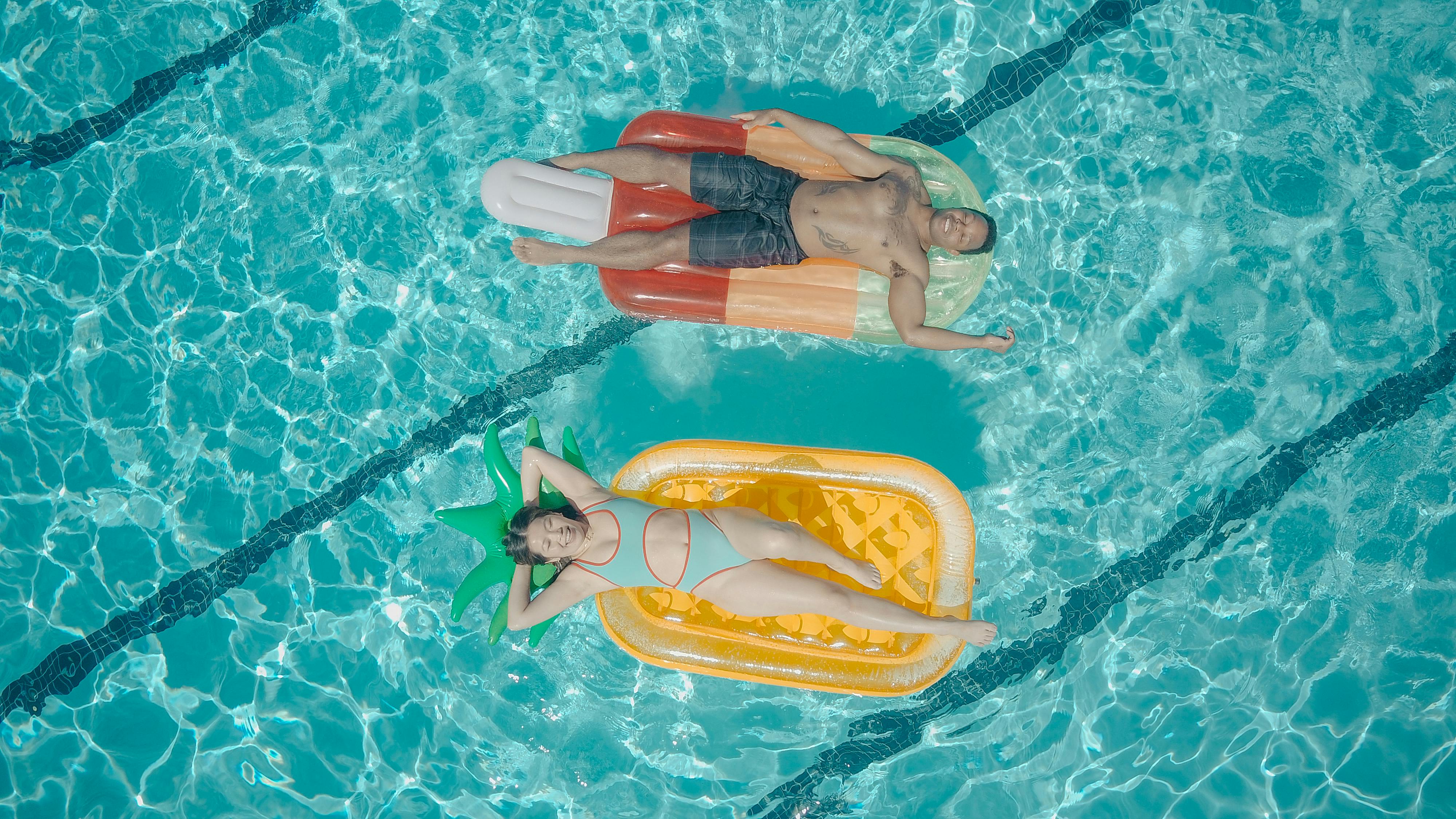Microplastics are tiny pieces of plastic that may be present in the environment, including our drinking water. As concern over microplastic pollution increases, many are wondering if distilled water contains them. This article will discuss whether distilled water has microplastics and what other precautions can be taken to reduce exposure to them.Microplastics are tiny pieces of plastic debris that measure less than 5 millimeters in length. These tiny particles can come from a variety of sources, such as synthetic textiles, personal care products, and industrial processes. Microplastics are a major component of marine pollution and can be found in the sediment and water column at the bottom of the ocean. They have been found to absorb pollutants from their environment, which can be released when ingested by organisms.
How Do Microplastics Enter Distilled Water?
Microplastics are small pieces of plastic that measure less than five millimeters in length. They can enter our water supply from a variety of sources, including industrial wastewater discharge, sewage sludge applied to agricultural land, and plastic debris that is blown or washed into waterways. These tiny particles can then pass through conventional water treatment processes and end up in our drinking water. In distilled water, microplastics are introduced by air pollution or when the bottle is contaminated during manufacturing or filling.
The presence of microplastics in bottled and tap water has increased over the last few years due to the increasing amount of plastic waste being generated globally. As these particles make their way into our waterways, they are able to pass through conventional water treatment techniques and end up in our drinking water. This can be especially true for distilled water as it has fewer contaminants than other forms of drinking water.
In order to reduce the amount of microplastics in distilled water, it is important to take steps to reduce the amount of plastic waste being generated and disposed of improperly. This includes reducing the use
Does Distilled Water Contain Microplastics?
Distilling water is a process which involves heating water until it evaporates and then capturing the resulting steam in a separate container. The steam is then cooled and condensed back into a liquid form, leaving behind any contaminants or impurities. This makes distilled water an excellent choice for those who want to ensure there are no pollutants in their drinking water. However, the question still remains – does distilled water contain microplastics?
The short answer is yes, distilled water can contain trace amounts of microplastics. This is because microplastics are so small that they can pass through the distillation process with ease. Additionally, they can be present in the environment before the distillation process takes place, meaning that they may already be present in the water being distilled.
The good news is that while distilled water may contain trace amounts of microplastics, this does not mean that it is unsafe to drink. In fact, research has shown that it is just as safe to drink as tap or bottled water. It should also be noted that while there may be trace amounts of micro
Sources of Microplastics in Distilled Water
Microplastics are tiny particles of plastic that can be found in many products and are also present in the environment. Many types of microplastics have been identified, including polyethylene, polypropylene and polystyrene. The presence of these particles in distilled water has become a major concern in recent years due to their potential health effects. Distilled water is produced through a process that removes most impurities from regular tap water, but it may still contain trace amounts of microplastics. The sources of microplastics found in distilled water include:
1) Plastic Packaging: Plastic packaging materials used for food and beverage products can leach small particles into the air and eventually make their way into distilled water. This type of contamination is particularly common when plastic containers are exposed to heat or light.
2) Industrial Pollution: Industrial activities such as manufacturing, mining and oil drilling can produce airborne microplastics which can then be deposited into nearby bodies of water. Consequently, distilled water produced from such sources may contain higher levels of microplastics.
Impact of Microplastics on Human Health
Microplastics are small plastic particles that are less than five millimeters in size. They come from a variety of sources, including the breakdown of larger plastic items, tires and the use of some industrial lubricants. Given the widespread presence of microplastics in our environment, it is important to understand their impact on human health.
The main concern with microplastics is their ability to act as carriers for chemical pollutants. These pollutants can include toxic metals, persistent organic pollutants and endocrine-disrupting chemicals that can accumulate in the body over time. Exposure to these chemicals can lead to a range of health issues such as reproductive problems, developmental disorders and cancer.
Another concern is that microplastics are easily ingested by humans through contaminated drinking water and food sources. Once ingested, they can travel through the digestive system and accumulate in tissues such as the liver and kidneys, where they may cause inflammation or disrupt organ function.
Finally, recent research has suggested that the presence of microplastics may also increase the risk of infection from bacteria and viruses

Is It Safe to Drink Distilled Water with Microplastics?
The presence of microplastics in distilled water has become a cause for concern in recent years. While there is no definitive answer to the safety of drinking distilled water with microplastics, some studies have suggested that consuming small amounts of microplastics may not be harmful. However, consuming larger amounts over time could potentially lead to adverse health effects.
Distillation is a process that involves heating water until it turns into vapor and then cooling the vapor back into liquid form. This process can remove impurities from the water such as heavy metals, bacteria, and other contaminants. When microplastics become part of the distillate, they can be too small to be removed by the filtration process.
The potential risk associated with drinking distilled water with microplastics is still unclear. There are currently no established guidelines on how much microplastic is safe to consume in drinking water, and more research needs to be done in order to establish a definitive answer. Currently, most experts suggest limiting your exposure to microplastics when possible by avoiding products that contain them or filtering your drinking water if you are
Reducing Microplastic Pollution in Distilled Water
Distilled water has become increasingly popular due to its purity and lack of contaminants compared to other sources of water. However, recently there have been reports of microplastics being discovered in some distilled water samples. Microplastics are pieces of plastic that are less than five millimeters in size and can be found in the environment, including bodies of water. These tiny particles can be harmful to both humans and wildlife, so it is important to find ways to reduce microplastic pollution in distilled water.
One way to reduce microplastic pollution is by using filters that are designed specifically for removing microplastics from drinking water. For example, carbon block filters can remove particles as small as 0.5 microns in size, which is smaller than most microplastics. These filters should be used on all faucets where you plan to drink or cook with the distilled water. Additionally, you should make sure that the filter is changed or cleaned regularly according to the manufacturer’s instructions.
Another way to reduce microplastic pollution is by using
Introduction
Microplastics are small plastic particles that have become a major environmental concern due to their potential to cause harm to human health and ecosystems. The presence of microplastics in drinking water is of particular concern, as the potential for these particles to enter the human body is high. Thus, it is important to find ways to detect microplastics in drinking water so that appropriate measures can be taken to protect public health and the environment. In this article, we will discuss some methods that can be used to detect microplastics in drinking water.
Gravitational Separation Method
The gravitational separation method involves filtering water samples through a series of filters with decreasing pore size. The larger particles, including microplastics, are prevented from passing through the filters and accumulate at the bottom of the filtration apparatus. This method is relatively simple and inexpensive but has limited accuracy and sensitivity as only large particles can be detected.
Centrifugation Method
Centrifugation is a technique whereby a sample is spun at high speed in a

Conclusion
It is clear that distilled water does contain microplastics, although it is difficult to determine the exact levels present. This is due to a combination of factors, including the complexity of the water distillation process and the lack of sufficient testing methods. The presence of microplastics in distilled water can be attributed to their widespread presence in the environment, which they can enter during the distillation process.
Given the potential health risks associated with exposure to microplastics, it is important that further research be conducted into their presence in distilled water and other types of bottled water products. In order to ensure that consumers have access to safe drinking water, it is essential that efforts are made to both reduce and monitor the levels of microplastics present in our drinking water.
In conclusion, it is clear that although distilled water does contain microplastics, further research needs to be conducted in order to accurately assess and monitor their presence. By doing so, we can ensure that consumers have access to safe and reliable drinking water.

